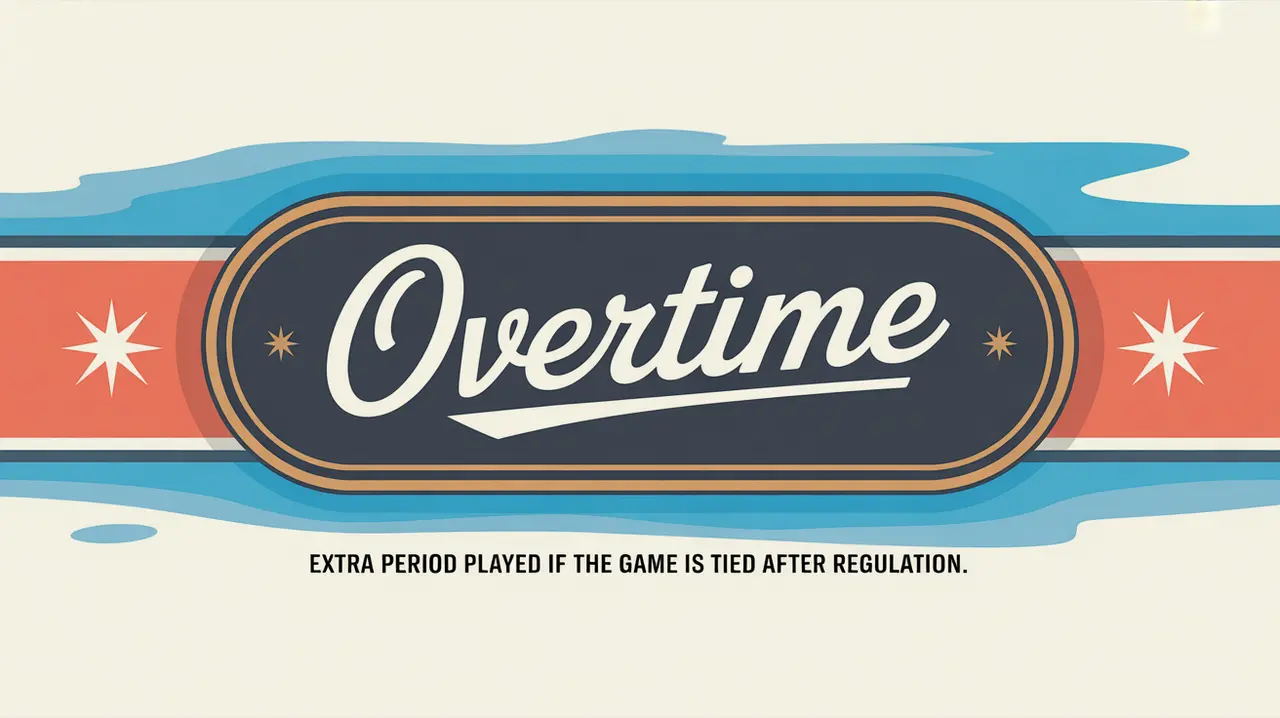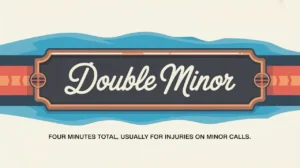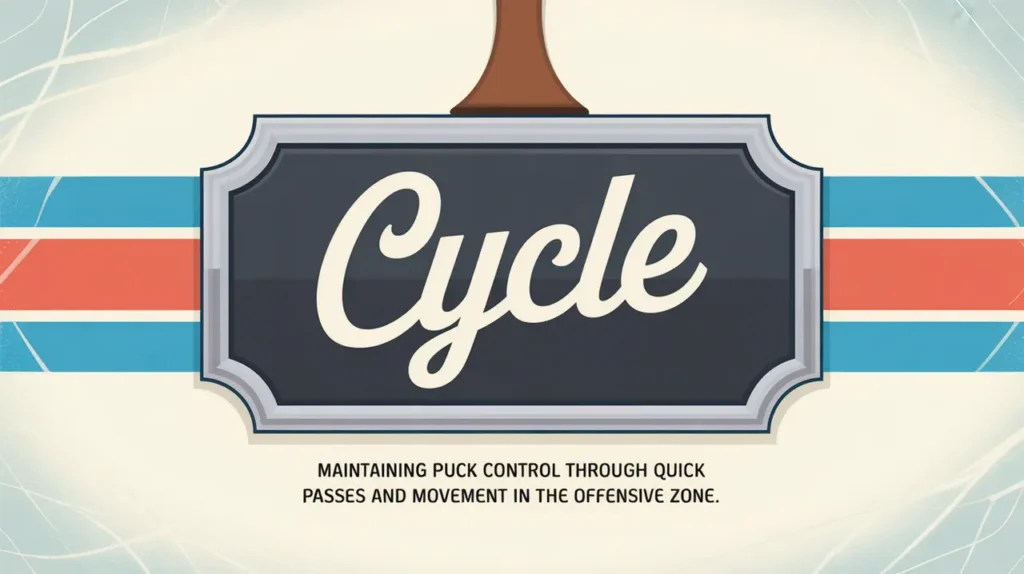Jim’s Intro to Overtime
Hi folks, Jim here, the only commentator who once stood up to cheer at the end of regulation before realizing the game was tied.
What is overtime?
Overtime is the extra period played when a game is tied at the end of regulation, designed to determine a winner without going straight to a shootout (in regular season formats) or ending in a tie (in certain youth leagues). The structure of overtime varies by league and level, but the basic idea is the same: sudden-death hockey. The first team to score wins.
How does it work?
While overtime rules differ slightly depending on the level of play, here’s the general structure you’ll see most often:
Regular Season (NHL):
- A five-minute sudden-death period is played with three skaters and one goalie per team (3-on-3).
- If neither team scores, the game goes to a shootout.
Playoffs (NHL):
- Teams play full 20-minute sudden-death periods with standard 5-on-5 play.
- There are no shootouts; overtime continues until someone scores.
Youth and Amateur Levels:
- Overtime periods are often shorter (5 or 10 minutes).
- Some leagues use 4-on-4 or 3-on-3 formats.
- Tournaments may go directly to shootouts depending on time constraints.
International and Other Formats:
- IIHF rules often involve a 10-minute 3-on-3 overtime in group stages, followed by a shootout.
- Gold medal or elimination games may use full-length periods similar to playoff rules.
No matter the format, overtime keeps players and fans on edge. One mistake or one moment of brilliance can end it instantly.
Common Situations Leading to Overtime
- Tied Games After Regulation: The most straightforward cause.
- Late Comebacks: Teams tie the game in the final minutes, forcing extra hockey.
- Tight Defensive Battles: Low-scoring games where neither team can break through.
- Tournament Rules: Round-robin formats often structure overtime differently to manage schedules.
How do you make good decisions with it?
Good decisions in overtime hinge on patience, puck possession, and smart reads.
- Value Possession: Especially in 3-on-3 formats, holding the puck is everything. Teams often circle back and reset rather than force low-percentage plays.
- Take Smart Risks: There’s room for creativity, but a bad turnover can end the game instantly.
- Line Changes: Overtime shifts are often shorter. Getting caught on a long change can lead to odd-man rushes.
- Defensive Awareness: Stay alert. One missed assignment can lead to a breakaway or backdoor play.
- Shootouts Prep: In regular season formats, knowing who’s up and what moves they trust matters if OT expires without a winner.
How do you master it?
Teams that master overtime control pace and space. They play deliberately, using possession to wait for the perfect breakdown. Players who excel in overtime tend to have elite skating, vision, and composure, thriving in the open ice of 3-on-3. Defensively, disciplined teams keep their structure tight, avoiding desperation lunges that lead to instant counterattacks.
What does it look like when done right?
Great overtime play looks calm even in chaos. One team cycles the puck patiently, exploiting tired defenders, and then strikes with a clean give-and-go or a perfectly timed cut to the net. Defensively, strong teams limit chances to the outside and strike when opportunities open up.
Commentator’s Corner
Jim’s Take
I’ve seen overtime goals that felt like lightning strikes, and others that were the result of slow, surgical puck control. Either way, it’s heart-pounding hockey.
Parent Tip
Overtime teaches young players to stay poised under pressure. Encourage them to focus on smart decision-making rather than rushing to be the hero.
Player Tip
In OT, every touch matters. Be patient, think ahead, and use the extra space to your advantage. One clean read can end it all.
A Final Thought
Overtime magnifies every decision. Possession, patience, and precision separate heroes from heartbreak. Master the moment, and overtime becomes the stage where legends are made.









